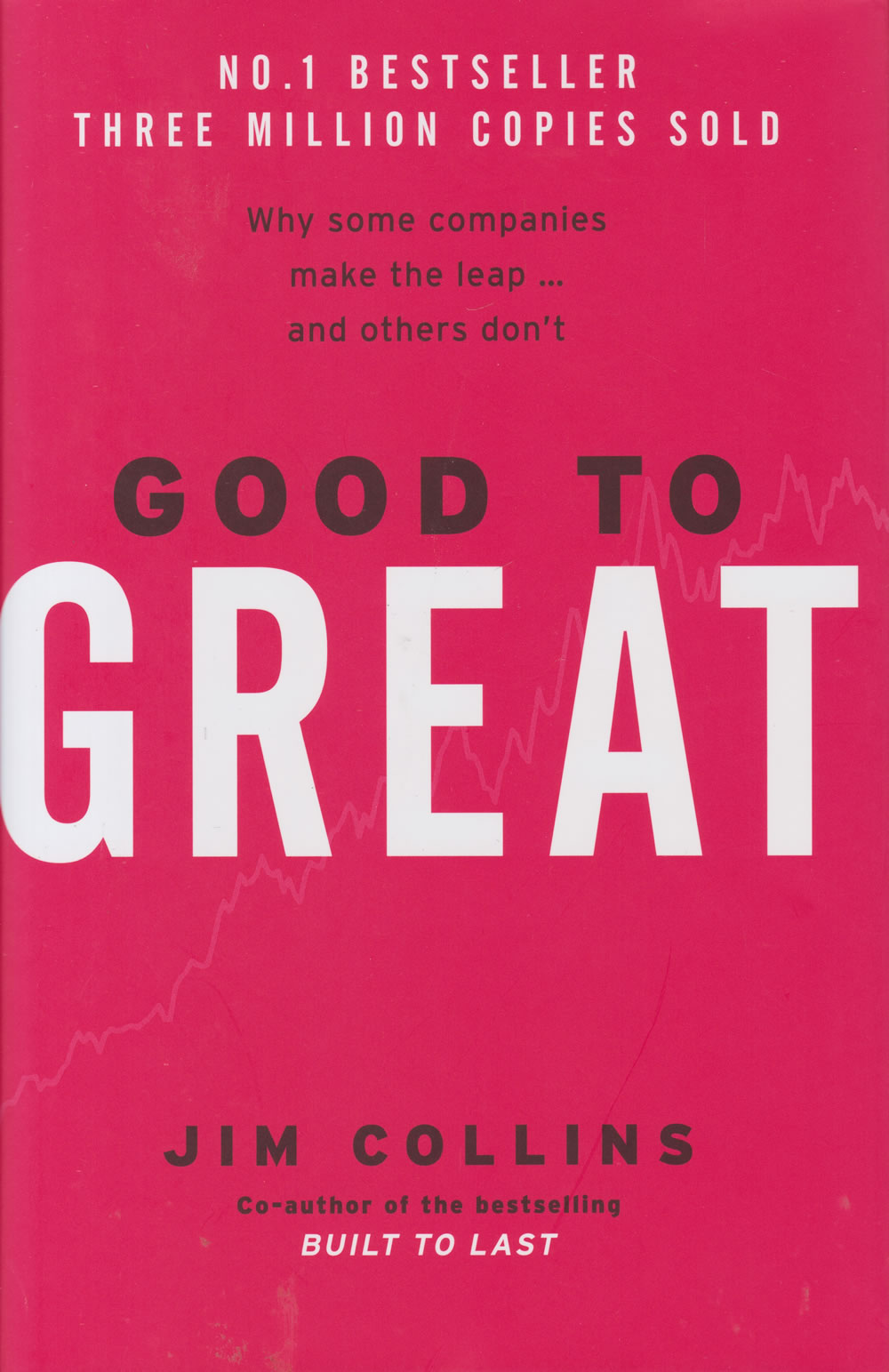Good To Great Jim Collins

In the realm of business literature, few books have left as indelible a mark as Jim Collins’ seminal work, “Good to Great: Why Some Companies Make the Leap… and Others Don’t.” Published over two decades ago, its enduring relevance continues to shape the strategies and mindsets of leaders striving for organizational excellence. Through meticulous research and profound insights, Collins dissected the DNA of exceptional companies, unraveling the secrets behind their transformative journeys.
At the core of “Good to Great” lies Collins’ quest to uncover what distinguishes merely good companies from those that achieve sustained greatness. Through a rigorous analysis of over 1,400 companies spanning a forty-year period, Collins and his team identified a select few that transcended mediocrity to achieve exceptional long-term performance. What emerged were timeless principles and practices that defy industry boundaries and economic fluctuations.
One of the key revelations of “Good to Great” is the concept of Level 5 Leadership. Collins contrasts Level 5 leaders with their more egocentric counterparts, illustrating how humility, unwavering resolve, and a relentless focus on organizational success characterize the former. These leaders, propelled by a profound sense of purpose rather than personal ambition, catalyze enduring greatness within their organizations.
Another pivotal concept is the Hedgehog Concept, drawn from the ancient Greek parable of the hedgehog and the fox. It emphasizes the importance of simplicity and focus in strategic decision-making. Companies that excel, Collins argues, align their activities with three intersecting circles: what they are deeply passionate about, what they can be the best in the world at, and what drives their economic engine. By adhering to this principle, organizations avoid the trap of diluting resources and efforts across disparate pursuits, instead channeling their energies into areas of true competitive advantage.
Collins also delves into the importance of getting the right people on the bus and in the right seats. He emphasizes the paramountcy of talent acquisition and management, advocating for a rigorous approach to recruitment that prioritizes character, competence, and cultural fit over expedience. Moreover, he highlights the significance of confronting brutal facts with unwavering resolve, fostering a culture of transparency and accountability that enables organizations to navigate adversity with resilience and agility.
The enduring legacy of “Good to Great” lies not only in its analytical rigor but also in its inspirational narrative. Through compelling case studies and vivid anecdotes, Collins illustrates how seemingly insurmountable challenges can be transformed into catalysts for growth and innovation. Whether it’s the transformation of companies like Kimberly-Clark, Walgreens, or Wells Fargo, the book offers a roadmap for aspiring organizations to navigate the path from good to great.
Two decades since its publication, “Good to Great” continues to resonate with leaders across industries and geographies. Its principles have withstood the test of time, serving as beacons of guidance in an ever-evolving business landscape. As organizations grapple with unprecedented disruption and uncertainty, Collins’ insights offer a compass for navigating complexity with clarity and conviction.
Conclusion
“Good to Great” by Jim Collins transcends the realm of business literature to become a timeless manifesto for organizational excellence. Through its profound insights and transformative principles, it equips leaders with the tools and mindset necessary to orchestrate enduring greatness. As the business landscape continues to evolve, the lessons of “Good to Great” remain indispensable for those who aspire not merely to succeed, but to soar.





